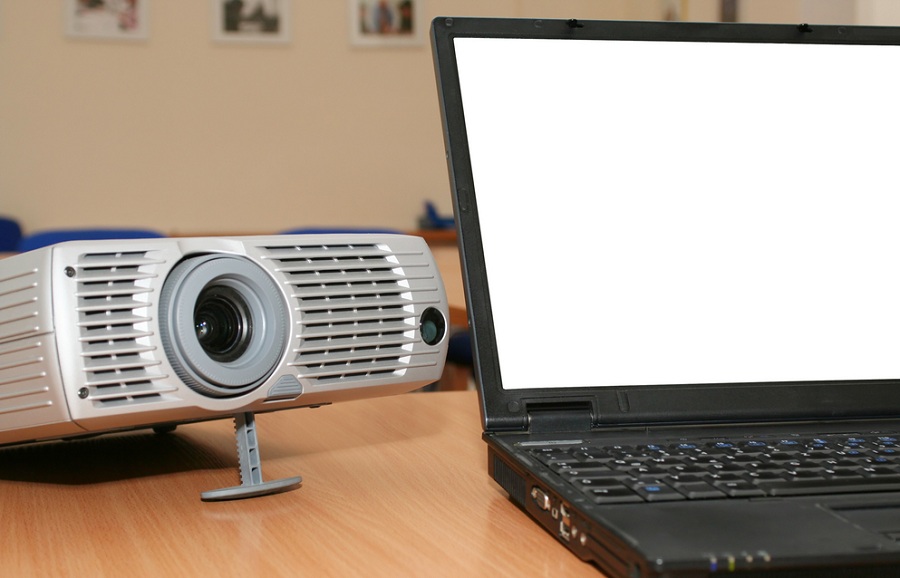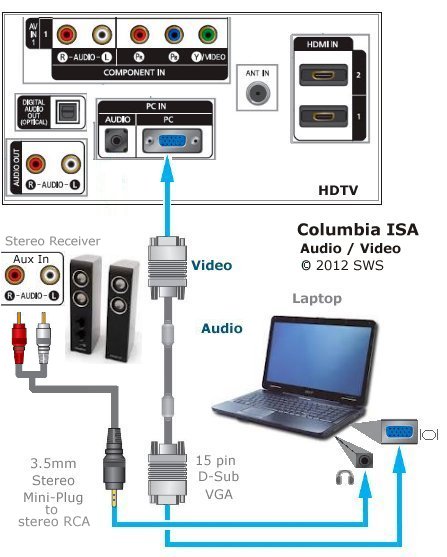

Select the check box next to Wireless Display from the list of results, select Next, then select Install.

Next to Add an optional feature, select View features, then enter wireless display. Under Add the Wireless Display optional feature to project to this PC, select Optional features. Use the connected device to select the images, movies, TV shows, presentations and games that you want to project. Select Start > Settings > System > Projecting to this PC. The screen of the connected device will now be projected.

Select Return on the menu screen of the Mobile Projector to exit the menu. Slide the Jog lever to + or - to select HDMI/MHL. Slide the Jog lever to + or - to select Input change. On the side of the Mobile Projector, press the Jog lever while at the ENTER position to access the display menu. Connect the other end of the HDMI cable or MHL cable to the video output device. For MHL connection, connect the HDMI end of the MHL cable (not supplied) or the MHL-to-HDMI adapter (not supplied) to the HDMI to Mini HDMI converter adapter. For HDMI connection, connect the HDMI cable (not supplied) to the HDMI to Mini HDMI converter adapter. However, do consider the placement of the HDMI port. Most laptops, including sleek models like Chromebooks, have an HDMI port, so compatibility isn’t usually a concern. The first step in connecting a laptop to a projector via HDMI involves selecting the appropriate cable. Connect the supplied HDMI to Mini HDMI converter adapter to the HDMI/MHL IN jack of the Mobile Projector. Step 1: HDMI Cable Selection: Ensuring the Right Connections and Length.







 0 kommentar(er)
0 kommentar(er)
